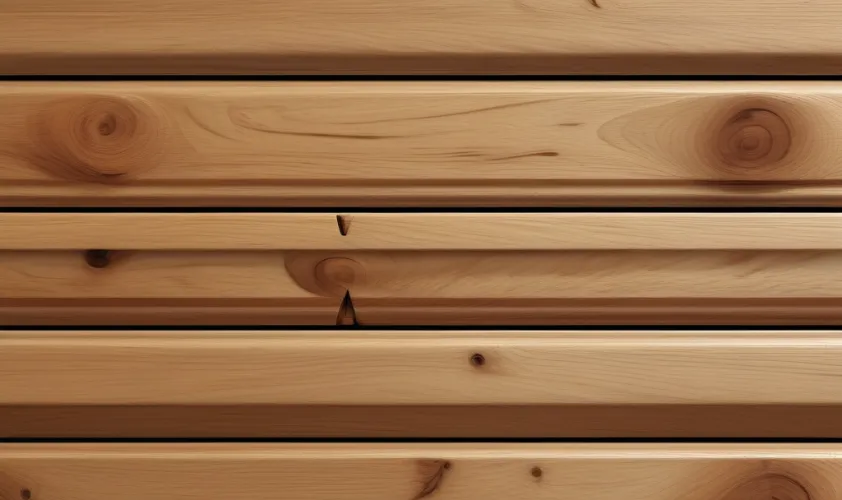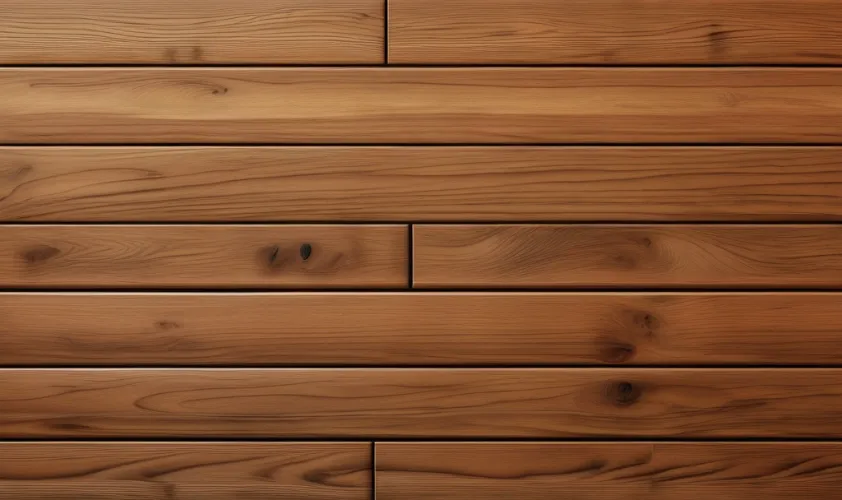Introduction To Wood Finish.
This article is about the best guide to home wood finish. Wooden houses are a more sustainable option than brick and concrete homes. They are better for the environment and cheaper.
Wood is not as if it were a part of nature, but its use is beneficial for the environment.
When selecting a wood finish, there is an extent of wood finishing materials and characteristics to consider. Do you need the final product to sparkle? Or are you more interested in a matte appearance?
Is the application aiming to withstand outdoor use? Or is durability not a concern? Prioritizing finish characteristics can streamline finding the suitable coating.
Wooden Home
The wood used in cheap construction is certified. It comes from mindful logging. The manufacturers plant a new tree for each tree they fall. For them, maintaining this balance is important.
Wood also requires less energy to build with, and because it retains CO2, it has a lower environmental impact and carbon footprint than conventional methods.

What Is Wood Finish?
Wood finishing is the process of refining or securing a wood surface. It is important in furniture production, where it costs 5-30% of the total. Wood finishing might also mean cleaning wood surfaces, which makes their appearance richer and deeper.
There are two main types of wood finishes: surface and penetrating.
Surface finish: This finish creates a characteristic look on the wood; it is simpler to apply. There are finishes available for wood surfaces.
Penetrating finish: This wood finish protects. When applied, it enters the wood and does its job. It is durable and does not create a natural look on walls.
A few types of penetrating finishes include Linseed, Danish, and Tung oil. They create a common and bold look for the wooden materials.
Which Type Of Wood Is Good For Home Finishes?
Among the special types of wood finishing are relief, surface treatment, and inlay.
Relief incorporates different types of carving, engraving, and embossing. A distinction is made among admission, outlining, relief, fretwork, and sculptural carving.
Surface finishing includes burning the wood surface or painting it with glue paints, tempera paints, or oil paints. There are three burning strategies: pyrotype (hot printing), pyrography (hot etching), and acid treatment.
Painted wood is characteristic of people’s craftsmanship. In the USSR, the painting of turned furniture and decorative articles by Khokhloma craftsmen is especially vital. In the past, the most popular way to finish wooden household objects was to decorate them.
This was done with mosaic, intarsia, incrustation, and marquetry.
The following are great types of wood for home finishing:
1. Shellacs are a natural wax finish that is derived from a bug that flourishes on a tree. It gives a better consistency when mixed with a liquor solvent.
Shellac is available in a variety of colors, is simple to apply, and dries rapidly. Its final appearance is engaging as it gives a reflective finish to the wood.
2. French polishing is one of the most seasoned procedures used. It is a classic way of finishing wood as it contains a mixture of shellac and alcohol. It is applied to wooden surfaces with a rubbing pad lubricated with oil. French polish gives the glossiest appearance to the wooden surface.
3. Lacquers are good types of wood finishes with a lean solvent base that goes deep into the wood and nourishes the grains. They also expose the natural beauty of the wood as it appears to have a reflective look.
Lacquers are ordinarily applied by spraying. They dry quickly due to the evaporating solvent they contain.
Is Wood Finish Good For Bedroom Floor?
The choice of a specific paint or varnish depends on the desired appearance of the wood and the amount of assurance required. The coating may be straightforward or murky, and there may be one or a few coatings of different kinds.
Water-based finishes:
The water-based finishes offer a clean and clear finish but have less odor than the oil-based finishes. They are thin in consistency, making them dry effectively.
They provide a natural appearance to the wooden surface. Due to their adaptability, they adhere to any surface quickly.
Stain:
This wood finish changes and enhances the color of the wood. They are available in diverse colors, but wood stains perform better if duller than the color of the wood.
They don’t protect the wood, but better protection is obtained when a coat is applied, which is the next operation after the staining. Stains help in increasing the visibility of the grains.
Can Wood Be Used For The Kitchen Floor?
Yes. Wood can be used as a kitchen floor finish, and a few of the good ones that can be used are dyed wood, waxed wood, and limed wood.
A dye is a well-known type of wood finish that is available in both water-based and oil-based forms. It matches the existing color of a few woods, and it can alter the color of the surface. Dying, as a process, helps protect interior wooden surfaces.
Wax:
One of the advantages of opting for a wax finish is that it’s simple to use and apply, and it produces a decent sparkle. In any case, wax finishes regularly need to be reapplied and only provide negligible protection.
They are simple to remove, which makes it a decently noncommittal finish selection.
Liming:
Caustic lime has natural antibacterial and antifungal properties. It has been used for centuries to protect and preserve wood.
The lime paste is applied with a stiff brush to the surface of the wood and, once dry, is buffed to an even finish, leaving a whitewashed appearance. Modern lime pastes are often mixed with wax or oil to add a soft sheen.

Which Wood Finish Is Best For Flooring?
Although there are several flooring materials when we talk about wood for floor finishes, we can choose from the following:
Varnish Wood Finish:
The varnish is usually a clear and transparent finish that gives superior UV protection. It is made up of oil, solvents, and gums. If a varnish is applied on top of dyes, much better and extra protection is provided. But varnishes dry slowly.
Oil finishes:
The oil wood finishes offer help in improving the appearance of unfurnished wood. There are natural oils available in woods that dry out over time.
Oil finishes replace the natural oils in the wood and nourish its grain. The wood is, moreover, secured for internal and external use.
Learn about the importance of selecting wall paint in our other article.
Conclusion:
Finishing is the last step of fabrication. It improves wood surfaces. They look better and resist moisture and the environment. Wood finishes differ from wood paints. Paints hide the wood’s unique surface.
Finishes, however, enhance its appearance. Wood finishing, with its great products, involves applying a protective layer to bare wood. However, the wood’s surface must be prepared before applying a coating. Sanding, smoothing, and scraping can remove surface imperfections.
They will soften and smooth the wood. Processes to change the wood’s color and style are regularly applied before the finish, including staining and dyeing. Once these processes are completed, a suitable finish is chosen.
Be that as it may, since wood is a versatile material with countless functions, the wood finish is similarly diverse. Compare the application prerequisites with the finish characteristics. This will help select the right coating.

